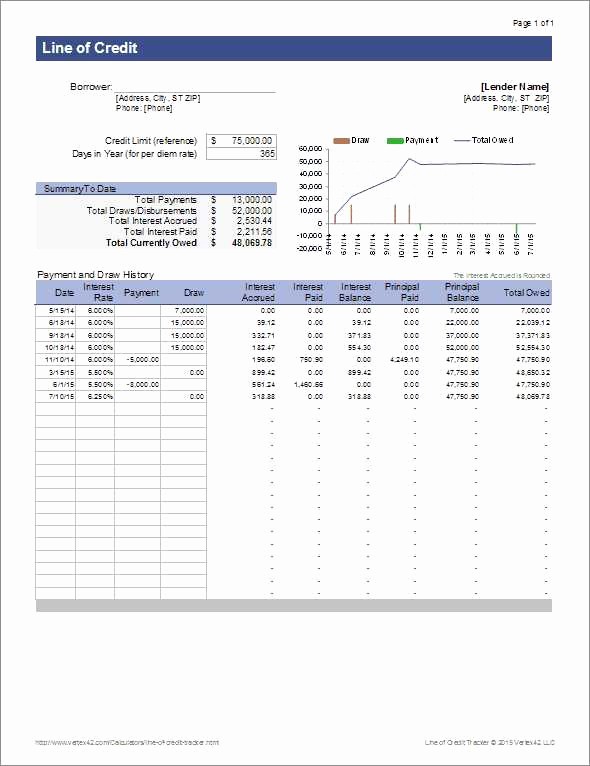
Accounts payable - also known as AP, the debts you owe to suppliers or to cover anything else bought on credit. You can expect to include items like these: Current liabilitiesĬurrent liabilities are the items a company owes in the next year, and can include things like unpaid supplier invoices, or upcoming repayments for debts you’ve committed to like business loans. Here’s a run through of the information you need to capture. To complete your balance sheet template you’ll need to add in details about the debts and liabilities your company owes. Intangible assets such as trademarks, patents, copyright and goodwill. PP&E - this stands for property, plant and equipment, and is usually shown net of depreciation. Take a look at these examples to give you an idea of what to include. Non-current, or long-term, assets, include investments and other less tangible assets which nonetheless can bring value to your business. Expenses you have paid in advance, such as rent or business insurance. Inventory including goods for sale, raw materials and items being made. Accounts receivable and any short-term invoices you’re owed. Cash and equivalents, including your business checking account balance. These are typically liquid, or likely to be realised within 12 months. Current assetsĬurrent assets are also referred to as short-term assets. Let’s take a look at the type of assets which feature on a balance sheet. This template should help you to prepare your Profit and Loss Statement, but if you want to generate it automatically, you may need an integrated accounting system spreadsheet.On a balance sheet, assets are usually described starting from the most liquid, through to those long-term assets which may be more difficult to realise. To check the efficiency and effectiveness of the business based on the value of business costs. To check the history of profit/loss gains from time to time as an evaluation for company management,. The purpose of Income Statement statement can be summarized as follows: PnL report 3 worksheet is a blank worksheet where you can create your own report. In PnL report 2 worksheet, you will get those debit/credit columns are merged into one column with red color are marked for negative values. This multi product feature is available in integrated accounting system version.Īll inputted values will be pulled into PnL report 1 worksheet with similar format automatically. You may modify this template to accommodate multi products report. Beginning and Ending inventory should be written once of all type of products. Samples are written with assumption that all products are reported as single income and CoGS categories. There are samples inside the template to help you understanding this template better. In Cost of Sales part, you need to fill value for Beginning and Ending Inventory. And there is balance column that will sum those values. In Revenue part, you can write values in debit and credit columns. There are four big parts where you can type respective category values in debit/credit columns. Then, you can move to Profit/Loss statement format worksheet to set your Profit/Loss statement up. You can type it in Chart of Accounts worksheet. 
Similar with balance sheet and cash flow statement template, you have options to define category names by typing their account codes. Since this is individual template, you may need to type summary of your company's transaction into the statement directly. You will see above general elements inside this template. This template is part of integrated accounting system spreadsheet for trading/retail companies. But, all of those models will yield Net Profit/Loss at the end of the statement to show financial status of reported companies. There are other income statement models you can find in many reports since above elements are general. Examples of these type of companies are consultants and artists. They are blended as parts of operating expenses. For Service Company, company who provides services as its main product, Cost of Sales is usually not reported as separate element. You may find elements above in Trading/Retail Company's statements. Net Profit/Loss = Business Profit/Loss - Other Income/Tax Expenses Gross Profit/Loss = Revenue - Cost of Salesīusiness Profit/Loss = Gross Profit/Loss - Expenses The amount to expense to purchase saleable products.

Profit and lost statement or also called income statement usually has the following elements:
#SIMPLE DEBIT CREDIT EXCEL SPREADSHEET SERIES#
The profit and loss statement is defined as the financial statement included in the series of accounting cycles generated in particular accounting period in which presents all elements of revenue and expenses of the company that show the actual condition of net income or net loss of the company. This profit and loss statement template is a ready made template that people can use to prepare their company's financial report.






 0 kommentar(er)
0 kommentar(er)
